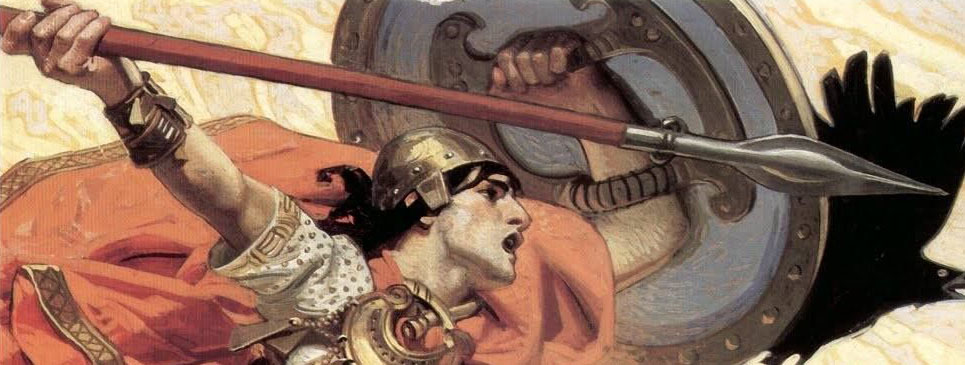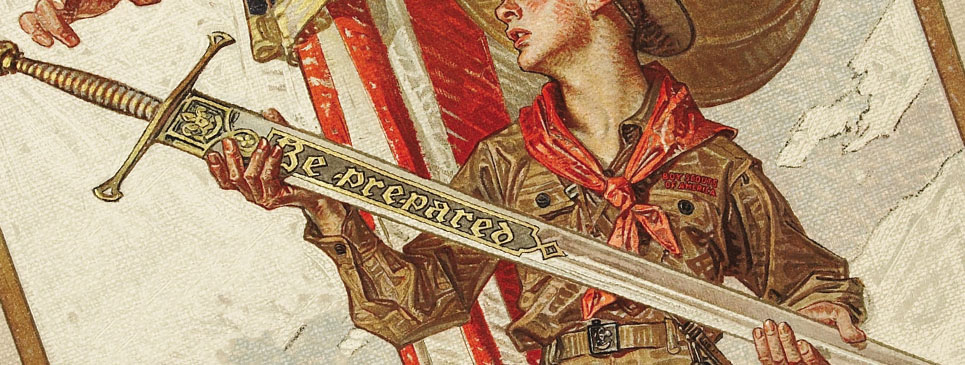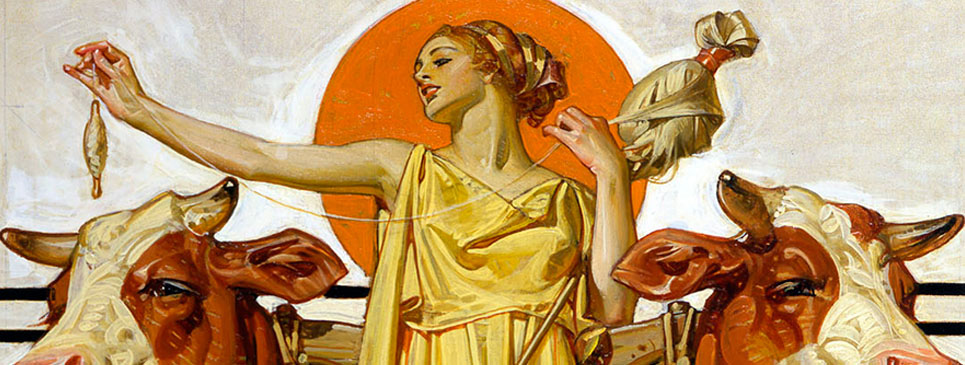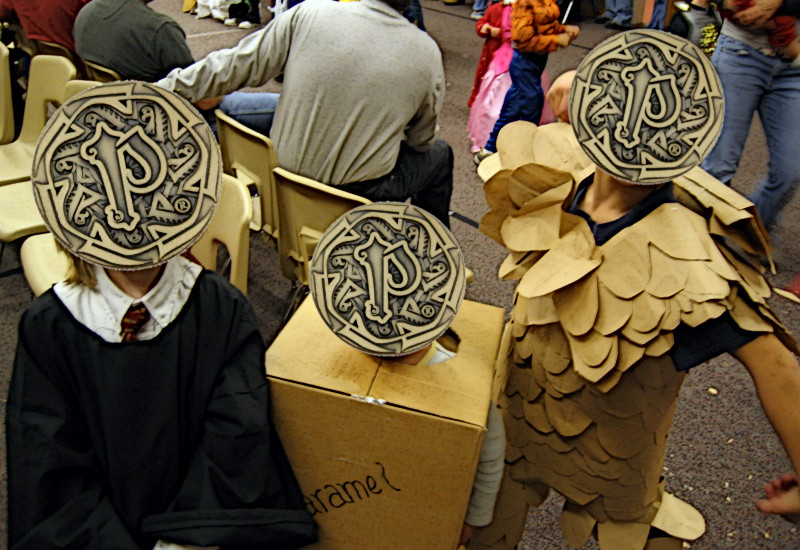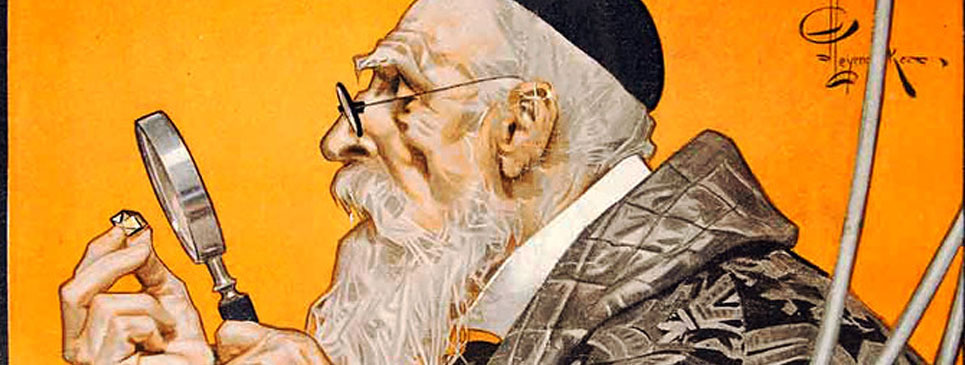Welcome back to Phantasmal Killer, a blog delving into weird and fun game mechanics and how you can take advantage of them to bring new ideas to life at your tabletop. In each article I look at using a game system in unexpected ways to create unique or bizarre characters to pummel your players.
Let me paint you a picture:
Delfinia only learned of her family history—the glory and the shame—when she found the sword in the attic. With its blade like poured moonlight, it was clearly a blade of kings and gods, secreted away in a miserable corner of their mud stained farmhouse. At first she railed against her father: Such a blade could only be stolen. But over a third large glass of whiskey, her father revealed the truth: The sword—called Urchel, the Wyrmcutter—was their legacy, and its first wielder—the Golden Knight Guillame, savior of the Seven Kingdoms—was her father’s father. A legacy her father turned his back on and fled to their miserable, forgotten corner of the lands her family once ruled.
Delifinia inherited her grandfather’s thirst for adventure, just as her father knew she would, and wine on the lips is sweeter than mud under the nails. Once she knew the truth, she would never be content with a hardscrabble life in a miserable little farm on the border marches. The Golden Knight had vanished when her father was still in swaddling clothes, and the young champion needed to know what became of the family legends she had only just uncovered. And so, with Urchel strapped to her hip, Delfinia set out for the wilds to find new peoples and uncover lost relics as she followed in her grandfather’s footstep. Some day, some how, she would find him and reunite their blood with the moonsilver blade to guide her.
And while raiding her first dungeon she found a +1 sword and sold Wyrmcutter for beer money.
One of the big problems with level-based RPGs in particular is that stuff is neat. PCs love finding treasure, especially treasure that provides incremental improvements on their core abilities: Wizards want better magic staves, rogues want stealthier accessories, and warriors need better weapons. For many games, the rules themselves assume PCs gain better gear at specific levels—higher-challenge monsters need more remarkable magic to penetrate their defenses, or higher numerical bonuses to reliably hit their Armor Class.
So where does that leave the trusty family sword? Or the strange artifact a young peasant stumbles across that inspires him to take a heroic journey? Or the ceremonial armor the hero wears to honor their knightly order that was wiped out by the dark lord? These are classic fantasy tropes for a reason: They provide the protagonist with a strong reason to adventure while grounding them in their origins. The literal tools of their wayward lifestyle are a heritage from who they were before.
So how do you handle this conflict? If a hero holds onto their heritage, thy hamper themselves mechanically, but if they toss aside a relic with deep personal ties, that hurts their immersion and personal narrative. Do they just cart around a now-useless souvenir they never use, except when it’s time for an emotional cutscene? And how do they get excited about treasure when they know they can’t replace a key piece of equipment?
There are a few ways to tackle this disconnect between character and narrative, but they all boil down to a simple idea: Let their key item grow as they do, developing better bonuses and new powers over the course of the campaign. At whatever point they’d normally receive a new magic weapon with greater capabilities, for example, you let them “level up” their blade instead. A normal sword becomes a +1 sword, which later becomes a +1 flaming sword, which later becomes a +2 flaming sword and so on. Most games where equipment matter include guidelines for the gamemaster on when to dole out gear that provides major stat bonuses, but if not look at the treasure tables appropriate for various challenges and provide your player an augmentation when they begin facing opponents who would drop that tier of loot.
If you want to level up PC gear, it’s best to focus on a single item or a single item per character—called a key item for the rest of this article—to help keep the experience meaningful, story-wise.
If you decide to level up a PC’s key items, make sure you talk to them about how you’ll be adjusting the rules and what abilities they’d like to see
But story-wise, how do you justify their ancestral blade suddenly bursting into flame? Here are a few approaches I’ve used in the past:
The Relic
Some magical treasures need the aura of a hero or the power of public adulation to power their greatest abilities, and go dormant without that energy, appearing for a time as attractive but ordinary weapons, armor, or art objects. Asa hero faces greater and greater challenges and saves more people, their legend grows and the relic feeds off this glory to rekindle its lost power. This tactic was used in the War for the Crown adventure path to reflect items with strong historical ties to Taldor’s history and glory, and how they grew more powerful as they were used to restore their nation’s values.
The relic is the easiest way to level up magic items, because it depends on major story beats and little else. You as the GM decide what events—what points in your campaign—are significant enough to warrant an increase in power. You might add some narrative event—a ritual or flashback to the weapon’s history—but the only necessary for the relic is to tell the player when your gear improves.
The Puzzle
The Puzzle is a magic item that is incomplete or broken, with missing pieces the hero must reclaim and assemble to gradually the item’s powers. To add to their staff’s power, a wizard might need to bathe it in the blood of progressively more magical creatures or collect lost talismans that once adorned it. Unlocking the power of your sacred order’s artifact armor might mean the heroes starts with only a breastplate and over time recovers the greaves, gauntlets, pauldrons, and helm that not only evolve it into plate armor, but also begin unlocking magical properties.
As the GM, you’ll need to figure out what the missing pieces of the PC’s key item are and why they’ve been scattered the way they have in addition to figuring out when they’ll find them and what abilities they unlock. This can add extra preparation beyond what a Relic requires, but also provides you with an easy story hook to lead your heroes around as they chase down rumors and old enemies trying to re-assemble their Puzzle.
The Hungry Treasure
While the Relic and the Puzzle began great only to be diminished, the Hungry Treasure yearns to be great eventually. The other strategies in this list focus on well-crafted items a character inherits and seeks to restore to their former greatness, but the Hungry Treasure is for characters who hope to forge their own legacy over time. It demands sacrifice over time to help to reach its potential, and so a hero adventures to gather the knowledge and resources they need to evolve their key item. A dagger dedicated to a demon of avarice may grow more powerful as it consumes golds and valuables. A monk’s quarterstaff may need the blessing of increasingly obscure warrior-scholars. A magic amulet must be bathed in rare and expensive reagents to invest it with true powers.
Like the Puzzle, you need to decide what items a Hungry Treasure needs to evolve into more powerful forms. The major difference is that the hero must earn wealth, influence, or followers separately, then actively choose to give them up in favor of evolving their key item. This is usually accompanied by a ritual or days of mystical research, and so usually can only happen between adventures or during quiet lulls in the action.
The Mastery Quest
The final option for an evolving magic item has nothing to do with the item itself but rather the hero’s mastery of it. This reflects a common trope in samurai movies, where a legendary sword can only truly benefit a master swordsman—the sword itself is already perfect, but in the hands of anyone who can’t appreciate its subtle balance and perfection it’s little more than a normal blade. The Mastery Quest might require ritual purification, so a hero must visit increasingly holy sites. Or it might involve training with legendary masters or recovering manuals of secret martial techniques to take fullest advantage of an armor’s subtle quirks. A wizard mastering their staff may need to recover lost command words from ancient tomes.
You’ll need to decide what a Mastery Quest requires to hone the hero’s understanding of their key item, but this kind of leveling up structure means other characters may have greater or lesser power wielding the same artifact if they get it away from the hero. A common guard disarming the hero won’t be able to wield their legendary glaive as anything special, but a powerful and well-studied villain may reveal powers or traits the hero never suspected.
Examples – Pathfinder 1e
Urchel, the Wyrmcutter is an ancient sword forged to battle tyrannical dragons that once ruled the land. It was last scene in the hands of the paladin Sir Guillame, the Golden Knight, as he pushed back the forced of the half-dragon tyrant Omoch two generations ago. But rumor claims Guillame failed—or worse, fell—and Urchel was shattered in his moment of defeat. Now pieces of the sword are scattered across the Seven Kingdoms and only the bloodline of Guillame can piece them back together.
Level 1—Urchel: Urchel begins as an unremarkable, broken greatsword. Snapped along its length, it now functions as an ordinary longsword. The sword is missing its pommel, exposing a strange hollow in the grip, and empty fittings show places on the pommel where large jewels once sat
Level 2—Cleanup: After 30 years of neglect, the broken remains of Urchel are in sorry shape. The blade still shines like moonlight, but heavy layers of grime throw off its subtle balance and the leather of the grip is little tattered and rotting. By locating a master smith and paying 100gp, the wielder can upgrade the sword to a masterword longsword.
Level 3—The Blue Jewel: In the treasure horde of the kobold queen is a sparkling lapis jewel that grants her swiftness of claw and a fearless gaze, making the sovereign much feared. But the Blue Jewel fits perfectly in an empty setting in Urchel’s pommel and bonds itself permanently to the blade once placed. The sword regains its fabled magical glow with the gem restored, transforming it into a +1 longsword.
Level 7—The Lost Half: A rampaging dragon-blooded warlord—little more than a bandit king—terrorizes the countryside, claiming to wield Urchel as he sacks villages and tarnishes their wielder’s name. His mystical sword is the missing half of Urchel’s blade, and once defeated the two halves can be combined, magically fusing to transform Urchel into a +2 greatsword.
Level 10—The Dragon’s Blood: A vein of quicksilver once filled the hollow in Urchel’s grip, but when the blade shatter, it flowed downhill and pooled at the bottom of a large lake. Decades later, a dark fey discovered the underwater pool of mystic metal and has used it to conjure an army of mutated beasts. Defeating the beasts and slaying the fey in an underwater battle leaves only the pool of quicksilver, which Urchel eagerly drinks, transforming it into a +3 defending greatsword.
Level 14—The Pommel: The final piece of Urchel rests inside a massive volcano, still unclaimed by any dark force. Fused into a wall of hardened magma, prying it free weakens the wall enough to release the red dragon trapped within—a starving and enraged beast originally trapped by Sir Guillame in a climactic battle decades earlier. Attaching the pommel restores Urchel’s full power and the Wyrm Cutter is reforged, transforming into a +4 dragon bane defending greatsword.

